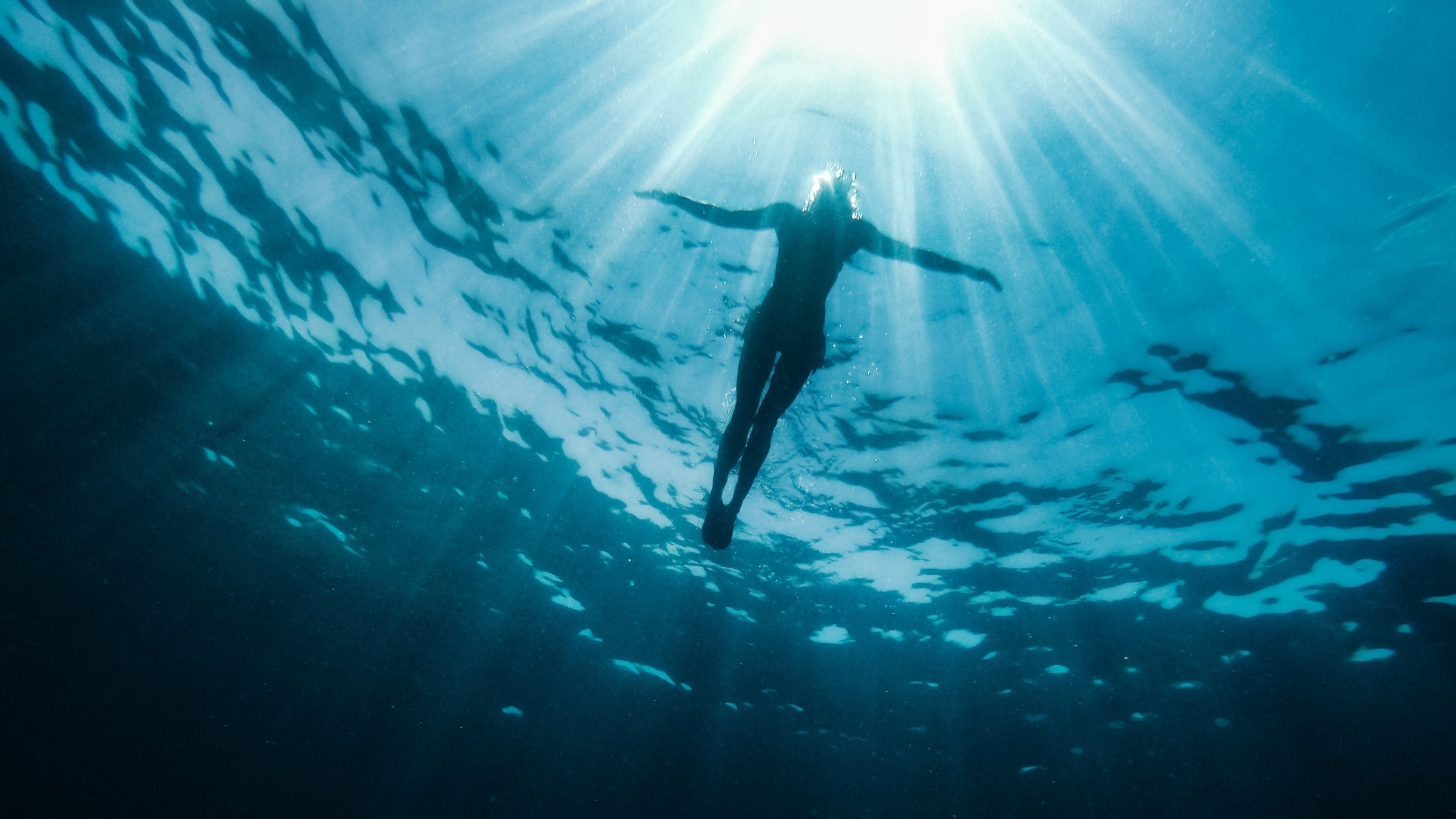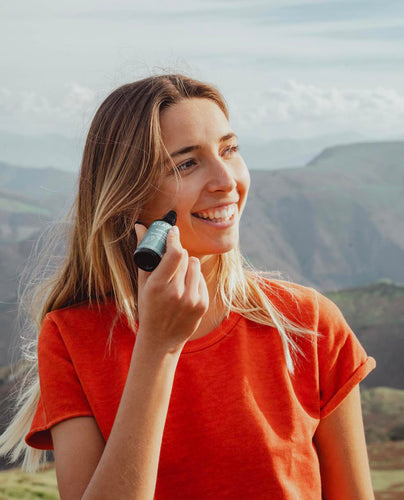Facial gymnastics to tone and delay the signs of aging

Adopting good resolutions: exercise? Why not do the same for... your face? No question of lifting weights with your eyelids, but rather practicing facial gymnastics. Find out why you should incorporate facial gymnastics into your morning routine.
A face also has more than fifty muscles! It also needs to exercise to maintain its shape.
Muscles are used daily in our face! Whether it's raising our eyebrows, speaking, chewing, smiling, or blinking, these muscles play an essential role in supporting the skin.
Signs of fatigue, sagging cheeks, double chins, drooping eyelids, and wrinkles aren't just caused by skin aging, which alters collagen, elastin, and hyaluronic acid. Over time, our muscle fibers also lose tone, contributing to overall facial sagging. As we age, we lose muscle mass, and our muscles become less efficient. Some overworked muscles struggle to relax, creating expression lines on the forehead, around the mouth, and between the eyes. However, just like our glutes, facial muscles can be firmed through specific exercises: this is the principle of facial gymnastics.
The epidermis loves facial gymnastics
Facial gymnastics doesn't just tone your face;
It also comes with beneficial side effects. By stimulating the muscles of the face and neck, you promote microcirculation and oxygenation of your skin, resulting in a more radiant complexion and better cell renewal. Your skin becomes more resistant to aging and benefits more from your cosmetic treatments. In addition, muscle movements activate fibroblasts, responsible for the production of collagen and elastin. With regular exercise, your dermis gains thickness, strength, and suppleness. Finally, facial gymnastics helps correct imbalances between overused muscles, such as those of the forehead, and less active areas, such as the neck and lower eyelids, thus reducing tension, relaxing features, and reducing expression lines.
Of course, facial gymnastics doesn't promise eternal youth, but it does offer visible results: a toned face, revitalized features, a redefined oval, healthier skin, and a brighter complexion.
When to start?
Regardless of age, it's beneficial for everyone. From the age of 25, practicing once a week can help delay the appearance of the first wrinkles. At 30, when the skin recovers less easily, at 40, when tired features become more apparent, and even at 60 or 70, it's never too late to enjoy the benefits of facial gymnastics!
As with any physical activity, facial gymnastics consists of a series of stretches, holding tension for 5 to 10 seconds, followed by releases, usually in sets of 10. Between each set, relax your muscles and gently move your head from right to left. The important thing is not to feel any pain. If pain occurs, stop the exercise: either the movement is incorrect, or there is a problem that may require consultation.
Use a mirror to control your movements and avoid unnecessary tension. No special equipment required, so no excuses!
Morning facial exercise = tenfold benefits
Performing facial exercises in the morning is ideal for waking up your muscles, energizing pillow-wrinkled features, and eliminating fluid retention accumulated during the night. Like your morning stretches or sun salutations, facial exercises will help you start your day off right. If you're short on time in the morning, practicing at another time is still beneficial, but opt for a relaxing facial massage before bed.
The key: consistency
You don't need to spend hours on it: 3 to 5 minutes every other day is enough, provided you're consistent. It's better to focus on 2 or 3 exercises targeting the area that concerns you the most, rather than trying to do everything. The muscles of the face and neck are so closely intertwined that each exercise will have an impact on your entire features anyway. Excessively long sessions could even create counterproductive muscle tension.
If you are satisfied with the results, maintain at least one session per week and adjust the frequency according to the condition of your skin, your fatigue, or seasonal changes.
What exercises?
There are many exercises and tutorials online. Don't be afraid of ridicule, have fun, and see it as a liberating activity.
Some examples:
To tone the lower face:
- Articulate!: Exaggerate the vowels AEIOUY. This comprehensive exercise energizes the entire lower part of the face.
- Reshape the oval of the face: stick out your tongue : Tone the digastric muscle by sticking your tongue out as far as possible or pressing it against the palate behind your teeth.
- Against jowls: exercise your jaw : Strengthen your masseter by closing your jaw wide open while pressing on your molars with your index fingers, or push back on your fist while opening your mouth.
- Raise your cheekbones: laugh!: Engaging your zygomatic muscles is very effective, as are exaggerated smiles or lifting your upper lip.
- Strengthen the neck: Make grimaces : Stretch the neck muscles by stretching the mouth to the sides while moving the lower jaw forward.
To smooth and revitalize features:
- Wake up your eyes : To counteract drooping eyelids, squint toward the base of your nose, blink hard, then open them wide.
- Smooth the forehead : Pull the scalp upwards, close the eyes while lowering the eyebrows.
- Smooth lips and mouth contour : Inflate cheeks, move air from one cheek to the other, then slowly deflate by relaxing your muscles.
Facial exercise is highly effective at toning and delaying the signs of aging, but it's essential not to ruin your efforts with bad habits. Start by rehydrating first thing in the morning, eating a balanced breakfast, and using the right skincare products to revive your skin. Combined with these best practices, facial exercise will show visible effects on your features and facial radiance within weeks.



